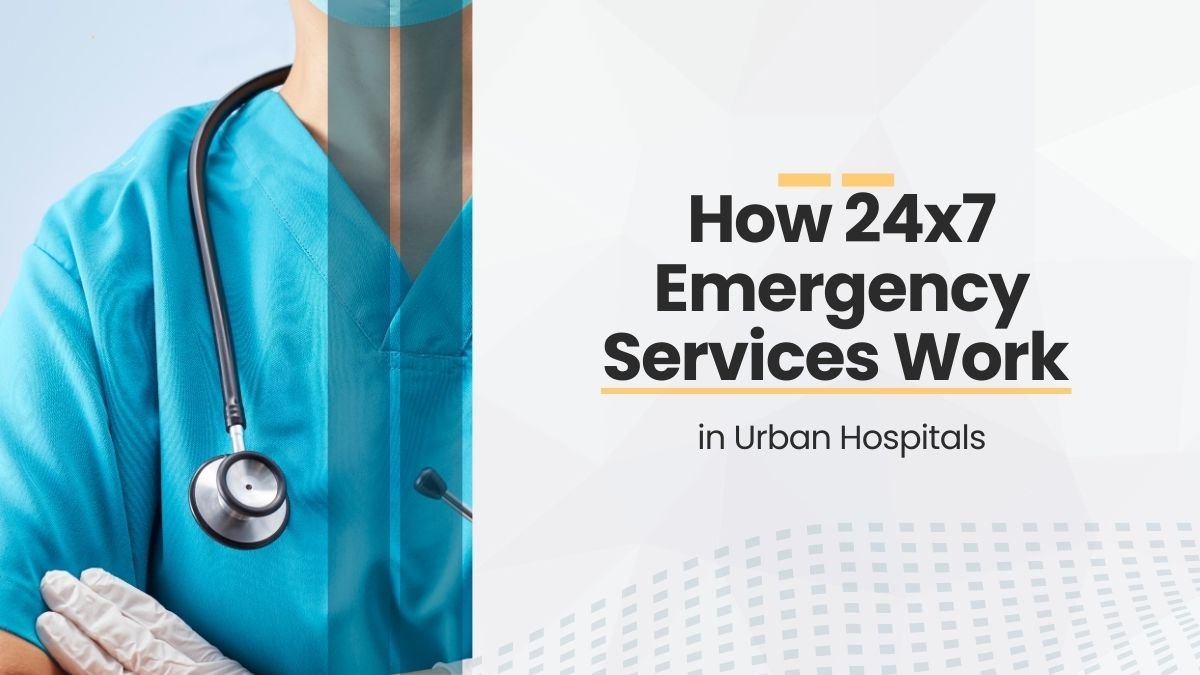Key features and benefits of smart beds
1. Automated positioning
Being in the same position for a long time can cause pressure ulcers in patients. This is especially common in the elderly and critically ill.
Smart beds are equipped with sensors that detect how long the patient is in the same position. The patient’s repositioning on the bed is automatic, as required.
For example, the bed will turn the elderly patient lying supine for a long time to the correct way of lying to minimize the risk of developing wounds.
2. Monitoring vital signs
A smart bed uses sensors, which are capable of continuously monitoring heart rate and respiration rate, as well as blood pressure and other vital signs.
In the event that one or more of these signals indicates abnormality, the bed will send an immediate alert signal to the doctor or nurse. This offers the opportunity for timely intervention to avoid more serious problems for the patient.
Example: In case a sudden rise occurs in the blood pressure level of the patient, the bed alerts the nurse station so that immediate intervention can be effected for treatment purposes.
3. Fall prevention measures
Falls are a big problem for patients in the hospital. Smart beds are equipped with alarms that alert if the patient gets out of bed without assistance.
This not only reduces the risk of falls but also lets nurses know which patient is seeking help.
4. Patient convenience and independence
Smart beds have voice controls and integrated monitoring systems. This means that patients can change their position themselves, make the bed comfortable, and do not have to constantly call the nurse.
Example: Patients can slightly raise the bed, or change the position of the pillow, with their voice.
5. Caregiver support
Smart beds make the job of nurses and doctors easier. Many tasks such as changing the patient’s position, tracking weight, monitoring vital signs, are now automated.
Lessening this physical burden allows nurses to concentrate on other significant tasks.
6. Real-time data and alerts
Smart beds connect with the hospital information system. This means that doctors and nurses have immediate access to patient data to be able to give an emergency response.
For example: If the heart rate of a patient in the ICU begins to show some abnormal readings, an immediate alert will be sent to the doctor on mobile or computer.
7. Reducing hospital stay
With the help of smart beds, the risk of complications in patients is reduced and recovery is faster. This means that patients can go home sooner and the hospital burden is also reduced.
8. Weight and health monitoring
Sensors integrated in smart beds also track the patient’s weight. This is especially important for patients who have edema, heart or kidney problems.
Example: If the patient’s weight is increasing suddenly, the doctor can see it immediately and start appropriate treatment.
Examples of smart bed technology
- Dozee: It tracks heart rate, respiratory rate, and blood pressure through sensors and provides instant feedback.
- LINET Essenza 100 and 200: Help the patient turn over and walk, reducing the need for manual repositioning.
- Sleep Number Smart Beds: Originally designed for sleep improvement, they can also be used in conjunction with other smart systems in hospitals.
Impact on healthcare
1. Improved patient safety
Smart beds improve patient safety. Vital sign monitoring, fall prevention, and pressure ulcer prevention are in place to protect patients from several complications.
2. Improved Efficiency
Smart beds assist nurses and doctors in their work. Real-time access to data facilitates quicker decisions and optimal resource utilization.
3. Increased Patient Outcome
Real-time information and fast interventions for patients’ recovery reduce post-operative recovery time and elevate the patient experience.
4. Reduced Healthcare Cost
Preventing complications and an improved solid expense of hospital services.
Looking Forward
AI and machine learning will be used to a greater extent in smart beds to predict patient needs and deliver personalized care.
The hospital of the future will be an all-smart and responsive environment in which technology empowers both patients and caregivers.
Conclusion
Smart beds have transcended comfort. They have evolved as unique platforms for patient safety, health monitoring, expedited recovery, and enhancing hospital efficiency.
In a more advanced age, smart beds will gain more intelligence and responsiveness. More than just a gadget, they will exalt a revolution in healthcare, improving the lives of both patients and caregivers.








